Did you know over 70% of salmon runs in Puget Sound— including those in Snohomish County—have vanished in just the last 20 years? This catastrophic loss signals a growing environmental emergency, one that places not only local wildlife but also the fabric of our entire community at risk. Snohomish Sound environmental issues reach far beyond the fish and water—they threaten our water quality, future livelihoods, and public health. If you care about clean water, healthy neighborhoods, and a thriving Pacific Northwest, now is the time to pay attention and demand bold action.
A Alarming Reality: Snohomish Sound Environmental Issues in Focus
- A recent study reveals that over 70% of salmon runs in Puget Sound, including Snohomish County, have declined in the past 20 years, reflecting catastrophic environmental setbacks.
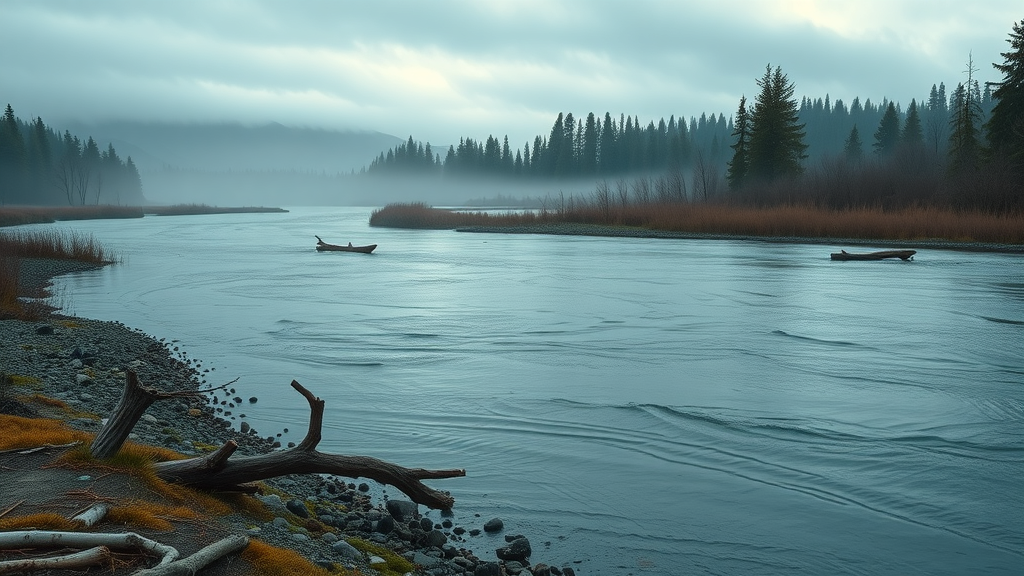
- This article will present a critical analysis of current snohomish sound environmental issues, why these urgent threats persist, and what must change for the health of our waters and region.
- Explore how our actions today will dictate Puget Sound’s future—from water quality to the impact of climate change and county health concerns.
The Snohomish Sound sits at the heart of Washington State’s ecological crossroads. This unique watershed not only powers local economies but also acts as a lifeline for some of the Pacific Northwest’s richest wildlife habitats. Unfortunately, from toxic chemicals in stormwater to dramatic habitat loss and the spread of invasive species, the list of snohomish sound environmental issues grows every year. Inaction is costly—not just in dollars but in the very essentials of life: clean water , breathable air, thriving salmon, and resilient communities. If bold steps are not taken, current trends spell crisis for every person living in the Puget Sound region. Let’s cut through the noise and look at the root causes, the risks, and—most importantly—the solutions our community has a chance to champion.
Understanding Snohomish Sound Environmental Issues: A Formal Overview
- Definition and precise location: The Snohomish Sound is a vital part of Puget Sound, nestled between Everett and the mouth of the Snohomish River, stretching inland toward the Cascade foothills. This area is defined by its lush riverbanks, extensive estuaries, and significant freshwater connections flowing into the regional sound system.
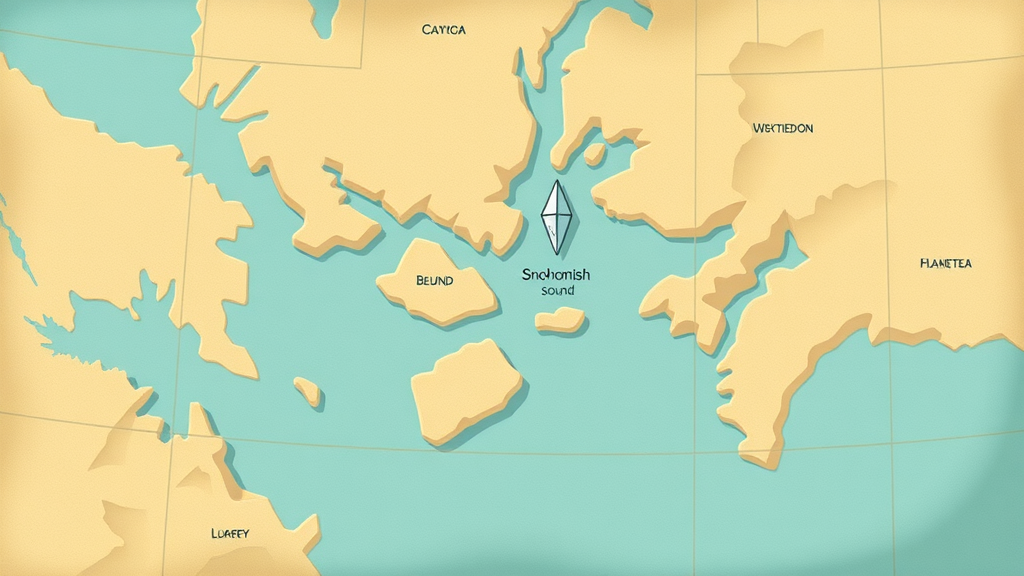
- Ecological Connections: Snohomish Sound environmental issues are deeply woven into the wider regional ecosystems, including neighboring Hood Canal, the San Juan Islands, the Strait of Juan de Fuca, and the entire Puget Sound region. Pollution, runoff, and habitat loss here have a ripple effect—worsening problems for salmon recovery and water quality even as far as the Strait of Juan de Fuca and Hood Canal’s oxygen-starved waters.
- Significance of Snohomish County: With nearly a million people and a central role in western Washington’s clean water supply, Snohomish County holds a key responsibility for stewardship and for facing down environmental challenges—especially as development pressures mount.
When we examine the snohomish sound environmental issues, it’s clear that local actions and choices have the capacity to influence—not just the immediate landscape, but drinking water, county health, fisheries, and long-term resilience for the wider Puget Sound. That’s why understanding this region’s challenges is so crucial for anyone invested in the future of Washington State.
What’s at Stake: Water Quality and County Health in Snohomish Sound
The Direct Toll on Water Quality: Snohomish Sound’s Degradation
- Measured declines in water quality—industrial and agricultural runoff, and resulting toxicity
- Comparative analysis with Hood Canal and Puget Sound pollutants
The downward spiral of water quality in the Snohomish Sound can be traced to a mix of industrial, agricultural, and residential pollution. Expert studies have measured dramatic increases in toxic runoff—much from pesticides, fertilizers, untreated sewage, and failing septic systems —all exacerbated by increasing impervious surfaces from rapid development. Water sampling consistently reveals levels of heavy metals, nutrients, and contaminants that threaten both human and ecological health. Compared to nearby Hood Canal, Snohomish Sound sees a similar range of pollutants but with different triggers: while Hood Canal faces severe oxygen depletion due to nutrient overloads, here industrial and urban runoff are the principle threats. Puget Sound’s broader move toward urbanization magnifies microscopic plastics and emerging contaminants, making the full picture even more urgent.
Every year that local governments, property owners, and county health departments delay stricter enforcement, the more entrenched these water pollution issues become—putting not just wildlife, but residents' drinking water and recreational safety at risk. Water quality isn’t a distant issue; it is central to daily life and the resilience of every community bordering the sound region.
County Health Consequences from Snohomish Sound Environmental Issues
- Effect on drinking water resources for snohomish county residents
- Direct links between declining water quality and public health incidents
The consequences for county health are serious and escalating. Declining water quality increases the risk of toxic algal blooms, fish consumption advisories, and drinking water contamination—affecting people from Everett to smaller towns along the Snohomish River. Incidents of gastrointestinal illness and skin infections linked to recreational water use have risen in correlation with water quality downturns. Research from the University of Washington and county health department records show that populations relying on private wells or drawing from compromised watersheds face the greatest threats. Moreover, children and the elderly are at special risk from pollutants like toxic chemicals , which can bioaccumulate and persist in the environment for years.
The intersection of snohomish sound environmental issues and public health is further compounded by disparities in environmental justice—with tribal and low-income communities often facing a disproportionate burden of risk from degraded habitat and pollution. Here, the human cost of inaction is highest; fixing water quality issues is both a moral and practical imperative for the region’s future.
Major Snohomish Sound Environmental Issues to Fix Now
- Habitat Destruction: Loss of wetlands, riverbanks, and salmon-spawning zones degrade the very foundation of the ecosystem. Every acre lost means less resilience for both wildlife and local communities.
- Stormwater Runoff: As surfaces harden from new construction, the volume of untreated runoff grows. Local control often lags behind the need, flooding streams with oil, metals, and nutrient pollution.
- Pollution Plumes: Studies by the state department of ecology identify key contaminants—including pesticides, emerging contaminants, petroleum byproducts, and microplastics—moving from local sources out into the broader puget sound.
- Invasive Species: Aquatic invaders like reed canary grass and northern pike disrupt native habitat, stress salmon populations, and challenge restoration efforts.
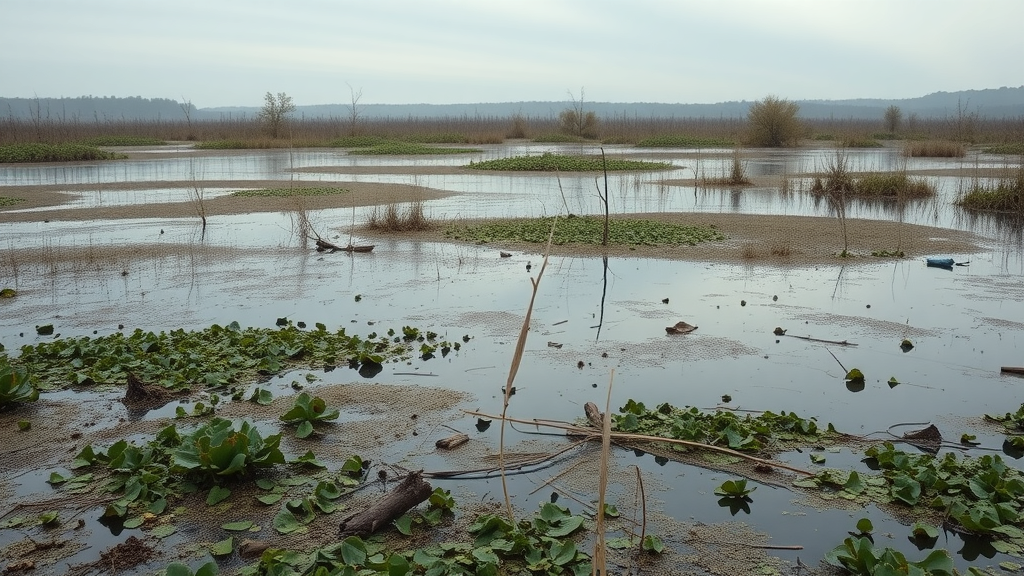
- Rising Temperatures: Driven by climate change, warmer waters stress native fish, worsen algae blooms, and shift breeding windows and migration patterns. These impacts are seen with similar severity in Hood Canal and the San Juan–Juan de Fuca region, further threatening the balance in all of Puget Sound.
"We cannot afford to wait. Each season of inaction further endangers the fragile balance within Snohomish Sound and beyond." – Local Environmental Leader
All of these environmental problems are intertwined—and every year’s delay in addressing them compounds both the cost and difficulty of eventual recovery. This moment is a turning point, and calls for all of Snohomish County to rally together around urgent solutions.
Snohomish Sound in the Larger Puget Sound Context
Connecting the Dots: Environmental Issues Across Puget Sound and Hood Canal
- How snohomish sound environmental issues reflect and influence broader trends in Puget Sound
- Case study: Hood Canal’s oxygen crisis
Snohomish Sound environmental issues don’t exist in a vacuum—they echo and amplify challenges across the entire puget sound region. Upstream pollution in Snohomish County flows outward to communities from the Hood Canal to the Strait of Juan de Fuca and the San Juan Islands. The decline in salmon, the degradation of water quality, and the rise of invasive species in the Snohomish watershed match the symptoms seen across Puget Sound, exacerbating a sound-wide set of problems that threaten livelihoods, tourism, and cultural practices. Hood Canal’s well-documented “dead zone” is a warning bell. There, nutrient pollution from septic systems and agricultural runoff strips oxygen from the water, suffocating marine life. Unless action is taken, similar crises could become common throughout Puget Sound, including the waters of Snohomish Sound.
Addressing environmental concerns in this local context means strengthening partnerships—engaging the Puget Sound Partnership, state, and local governments, as well as drawing lessons from case studies like the Hood Canal.
Climate Change Intensifies Snohomish Sound Environmental Issues
- Sea-level rise and increased flooding threaten shoreline stability
- Predicted temperature increases: Implications for water quality and habitat

| Region | Main Pollutant | Impact Level | Primary Source |
|---|---|---|---|
| Snohomish Sound | Heavy metals, Nutrients | High | Stormwater, Industry, Runoff |
| Puget Sound | Microplastics, Pharmaceuticals | High | Urban Runoff, Wastewater |
| Hood Canal | Nitrogen, Phosphorus | Very High | Agriculture, Septic Systems |
The rapidly accelerating impacts of climate change—especially higher temperatures and unpredictable weather—remarkably intensify snohomish sound environmental issues. Sea levels are rising, leading to the flooding of sensitive riverbanks, increased erosion, and the compromise of both natural and built shorelines. As the region warms, toxic algal blooms and pathogen outbreaks become more frequent, disrupting the lives of over four million people living in the Puget Sound. Every part of the ecosystem, from property owners on the river to salmon and orca whales, feels the consequence of inaction in the face of these changes.
What You Must Know about Snohomish County’s Role in Regional Recovery
- Snohomish county’s key environmental responsibilities and regulatory levers
- How local policy can relieve snohomish sound environmental issues
Snohomish County acts as both a frontline steward and, at times, an inadvertent polluter in the drama of environmental protection. The local government exercises power through zoning, permitting, stormwater regulation, and public investment in restoration infrastructure. County health departments and the department of ecology have the authority and obligation to monitor pollution, enforce standards, and launch cleanups. At the same time, strong partnerships with tribal governments, local nonprofits, and statewide initiatives like the Puget Sound Partnership help coordinate efforts and secure outside funding.
For policy change to matter, it must focus on fixing the root causes: incentivizing green building, strengthening enforcement on stormwater controls, and prioritizing restoration where damage is most severe. Local leaders need both public support and regional collaboration to ensure that these regulatory levers are used with maximum effect—for the benefit of all residents and the broader Sound region.
Challenges to Fixing Snohomish Sound Environmental Issues
- Economic and political barriers to rapid action
- Community engagement: The missing link for lasting solutions
- Balancing development with preservation
No environmental fix comes without its share of obstacles. Fixing snohomish sound environmental issues is often slowed by politics, budget shortfalls, and local resistance to change—especially when new regulations constrain development or require property owners to update outdated systems. Many property owners, for example, balk at the prospect of upgrading failing septic systems, especially when facing the twin pressures of rising housing costs and limited government subsidies.
Still, the most significant and often overlooked barrier is the lack of sustained community engagement. Without widespread grassroots support—from business owners and educators to tribal communities and local families—lasting change will remain elusive. The challenge for the next decade is not just technical, but social: creating a culture of environmental responsibility that encompasses everyone in Snohomish County and the Puget Sound region.
People Also Ask About Snohomish Sound Environmental Issues
What are the environmental issues in the Puget Sound?
- The main environmental issues in Puget Sound—including snohomish sound environmental issues—are habitat destruction, pollution (nutrient and toxic), invasive species, overfishing, and alterations due to development and climate change.
What are 5 environmental concerns in Washington state?
- 1. Water pollution; 2. Climate change; 3. Habitat loss; 4. Salmon decline; 5. Contaminated stormwater runoff—all highly relevant in Snohomish Sound environmental issues.
What are the top 5 environmental issues?
- The top 5 environmental issues globally, as exemplified in snohomish sound environmental issues, are: climate change, biodiversity loss, water scarcity, pollution (air and water), and land/resource degradation.
What is the population of the Puget Sound?
- The Puget Sound region—encompassing snohomish county—has a population exceeding 4.4 million as of 2023, making environmental issues vitally important due to regional density.
Key Strategies and Urgent Solutions for Snohomish Sound Environmental Issues
- Stricter enforcement of water quality regulations by county health departments
- Innovative stormwater management
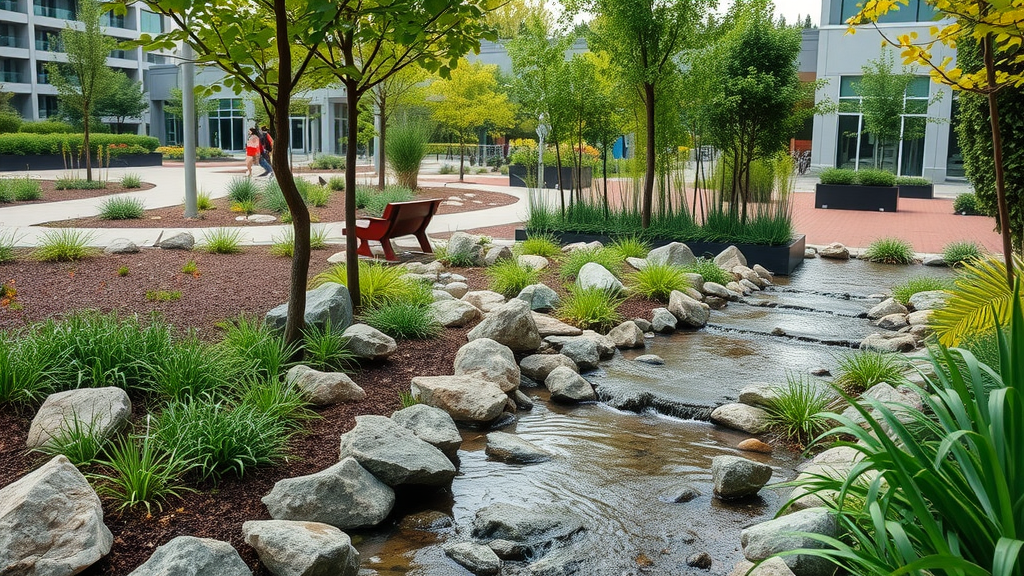
- Community-driven salmon habitat restoration
- Climate resilience projects in local municipalities
"If we address snohomish sound environmental issues today, we invest in cleaner water, healthier communities, and future generations." — Regional Conservation Expert
Bold, collaborative action is necessary. Snohomish County must crack down on polluters and prioritize aggressive retrofitting of aging stormwater and wastewater systems. Rain gardens, bioswales, and permeable pavement in urban areas can dramatically reduce polluted runoff. County-wide alliances for salmon habitat restoration —with local volunteers, nonprofit partners, and funding from state and federal environmental justice grants—can begin to reverse decades of ecosystem loss. And finally, investing in climate adaptation will ensure that today’s progress isn’t undone by tomorrow’s rising seas and extreme weather.
Expert Perspectives: What Environmental Leaders Say About Snohomish Sound Issues
- Insights from Puget Sound Partnership, Snohomish County Sustainability Office, and academic researchers
- How citizen science and advocacy are accelerating progress
- Top Actions Residents Can Take to Help Fix Snohomish Sound Environmental Issues:
- Reduce pesticide and fertilizer use
- Support local environmental organizations
- Participate in community restoration efforts
- Stay informed and advocate for stricter policies
Environmental leaders emphasize that even small choices—like choosing native plants, reducing household chemical use, and supporting community science programs—add up to transformative change. Success stories from citizen scientists have inspired collaborative cleanup operations and new monitoring projects across western Washington. Local governments and conservation groups are actively inviting more ordinary residents to track water quality, plant trees, and join advocacy campaigns aimed at stricter water protections in Snohomish County. By getting involved, residents can multiply the effectiveness of official recovery plans while building momentum for further reforms.
Frequently Asked Questions: Snohomish Sound Environmental Issues
- What can local residents do to get involved? Residents can volunteer for restoration projects, join local advocacy groups, and educate themselves and neighbors about water quality issues. Every voice and pair of hands counts in the push for cleaner, healthier water.
- Are there government grants available for habitat restoration? Yes, state and federal agencies, as well as private foundations, offer grants for local habitat restoration. Municipalities and nonprofit groups in Snohomish County offer guidance and opportunities to apply for funding.
- How can businesses mitigate impacts on water quality? Businesses can install stormwater management systems, reduce pollutant runoff through green infrastructure, and adopt pollution-prevention practices. Many can also participate in voluntary certification programs to demonstrate leadership in environmental protection.
- Who can community members contact for more data and action opportunities? Community members should reach out to county health departments, the Puget Sound Partnership, citizen science organizations, and their local representatives for data, involvement opportunities, and guidance on addressing snohomish sound environmental issues.
Visualizing the Snohomish Sound Environmental Issues Crisis
- Include infographics with before-and-after images of local sites, pollution heatmaps, and population density overlays related to water quality concerns.
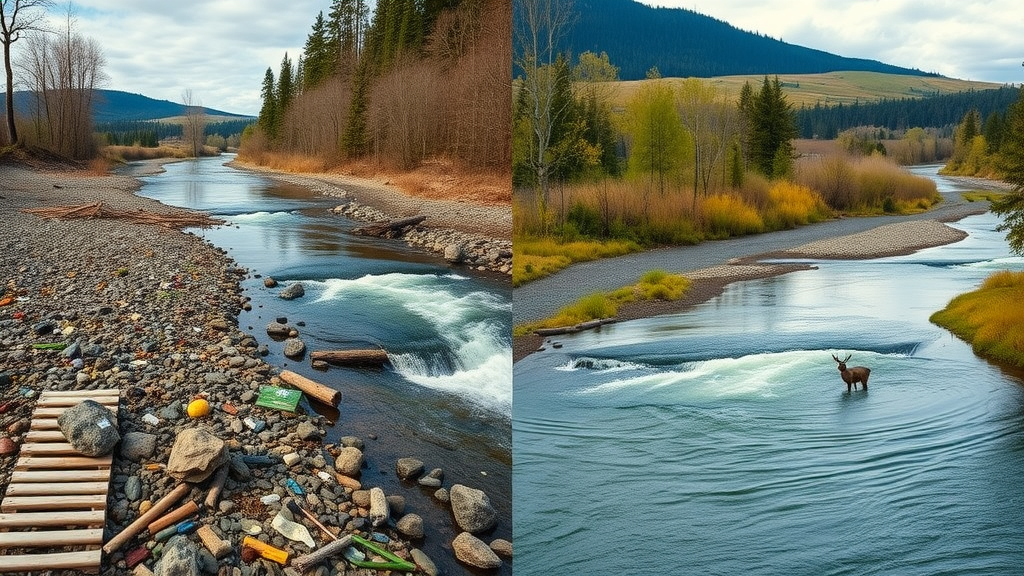
Video Documentary: A Journey Through Snohomish Sound Environmental Issues
- Embedded video telling local stories—featuring affected communities in Snohomish County, restoration volunteers, and visualizing the key environmental threats.
Video Explainer: Breaking Down Water Quality Testing in Snohomish Sound
- Short educational video guiding readers through the process and relevance of water quality monitoring in local streams, lakes, and Puget Sound waters.
- Animated explainer outlining climate trends in the region and implications for water quality, habitat, and county health.
Looking Ahead: The Future of Snohomish Sound Environmental Issues
- Current trends and data projections show that only urgent, coordinated measures will reverse environmental decline across snohomish sound, puget sound, and the greater region.
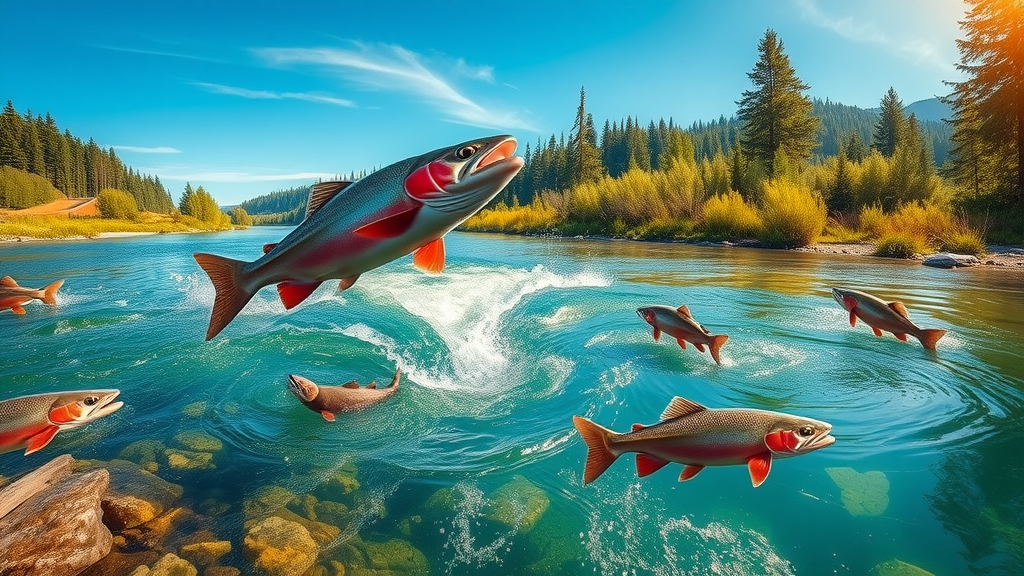
- Highlight potential recovery scenarios with aggressive restoration and smart climate adaptation.
"Change starts with us. Protecting Snohomish Sound now is the legacy we leave for Washington and the Puget Sound region."
Connect with Local Leaders to Fix Snohomish Sound Environmental Issues
- Guidance on reaching local government, environmental agencies, and advocacy groups.
- Please Call For More Information on how you can make a difference in Snohomish Sound environmental issues—our community’s future depends on it.
Take action today—join the tide of change for Snohomish Sound and help secure a clean, healthy, and sustainable future for all of Puget Sound.
The environmental challenges facing the Snohomish Sound are multifaceted and pressing. The Washington State Department of Ecology outlines several key issues, including changing water chemistry leading to increased acidity, bacterial contamination from various sources, low dissolved oxygen levels due to nitrogen pollution, and the accumulation of toxic chemicals from everyday products. ( ecology.wa.gov )
In response to these challenges, the Department of Natural Resources has initiated the Snohomish Watershed Resilience Action Plan (WRAP). This comprehensive 10-year strategy aims to promote salmon recovery and watershed health across the Snohomish Basin by focusing on protecting aquatic habitats, restoring forests and riparian zones, revitalizing urban streams, engaging communities, and mitigating climate impacts. ( dnr.wa.gov )
Additionally, the Puget Sound Initiative by Snohomish County emphasizes the importance of healthy urban forests in improving water quality and overall ecosystem health. The initiative highlights that healthy forests adjacent to water bodies can significantly reduce stormwater runoff, enhance wildlife habitats, and provide community benefits. ( snohomishcountywa.gov )
For a deeper understanding of the environmental issues in Puget Sound, including those affecting the Snohomish Sound, the Washington State Department of Ecology provides a comprehensive overview. This resource details the various challenges and ongoing efforts to address them. ( ecology.wa.gov )
If you’re committed to safeguarding the Snohomish Sound and its surrounding ecosystems, these resources offer valuable insights and actionable strategies to contribute to the region’s environmental resilience.
 Add Row
Add Row  Add
Add 


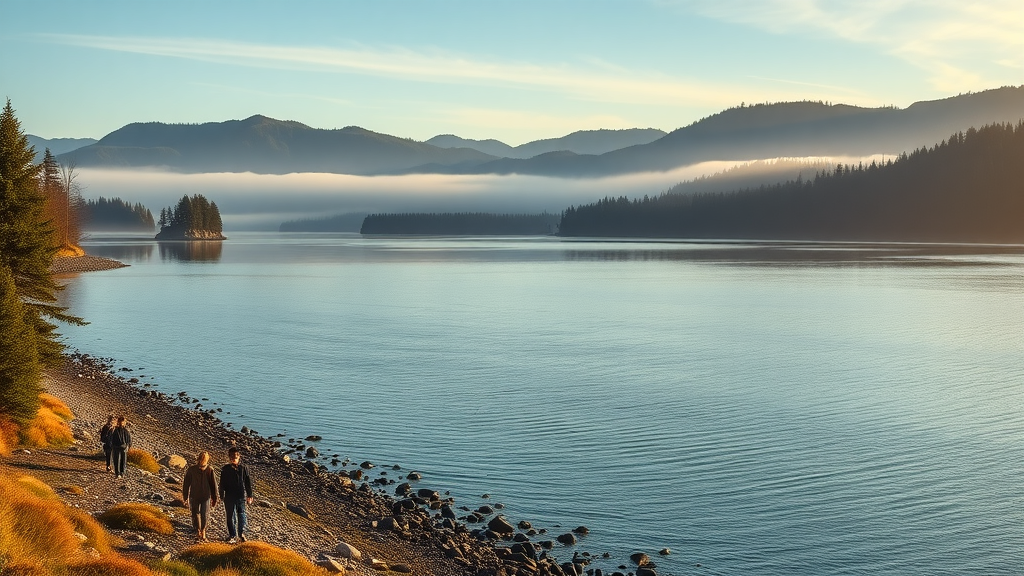
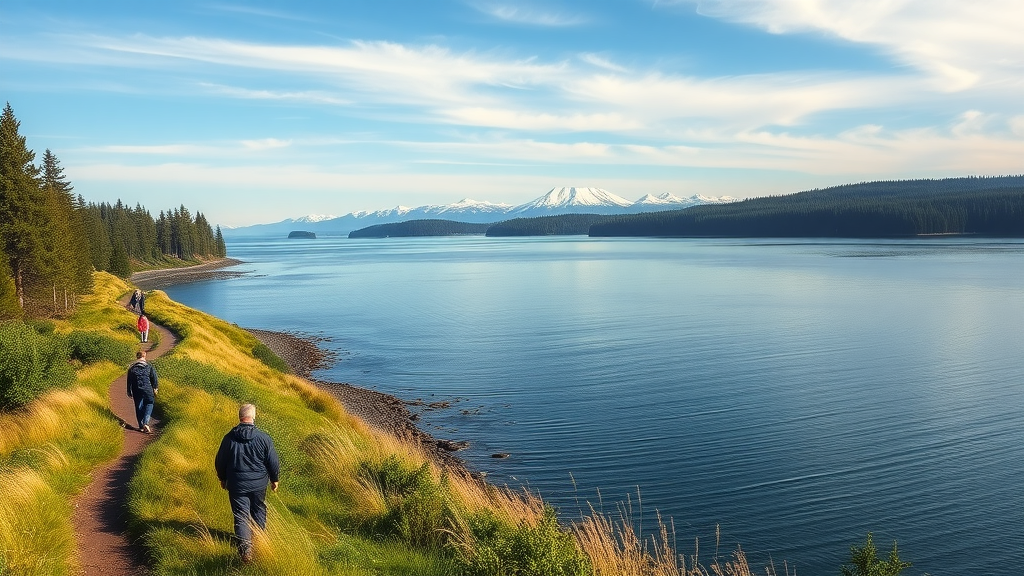
Write A Comment